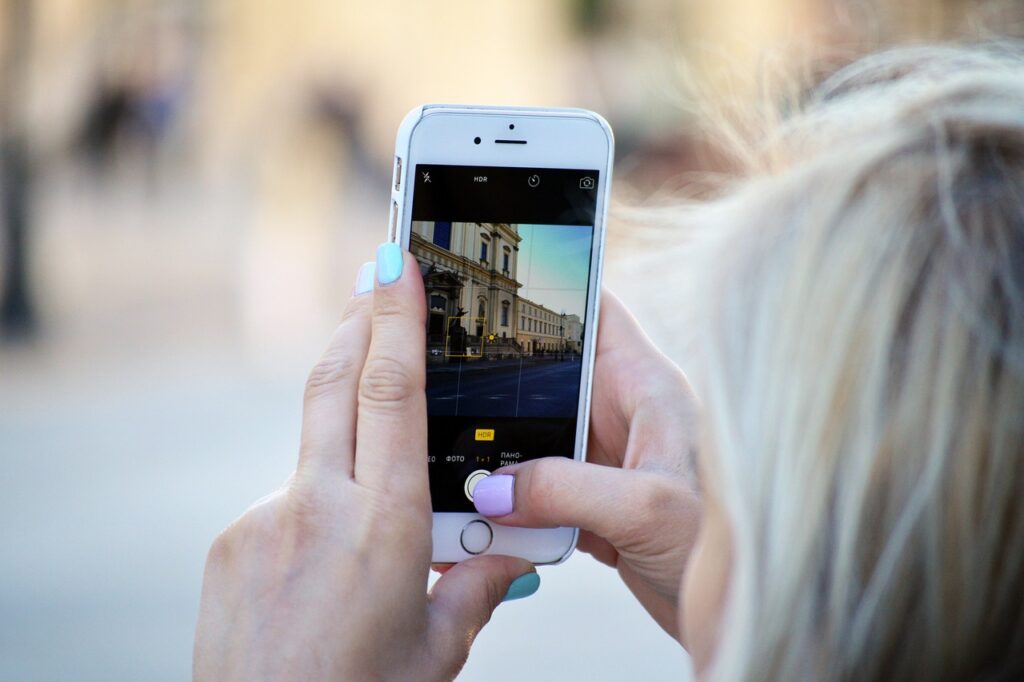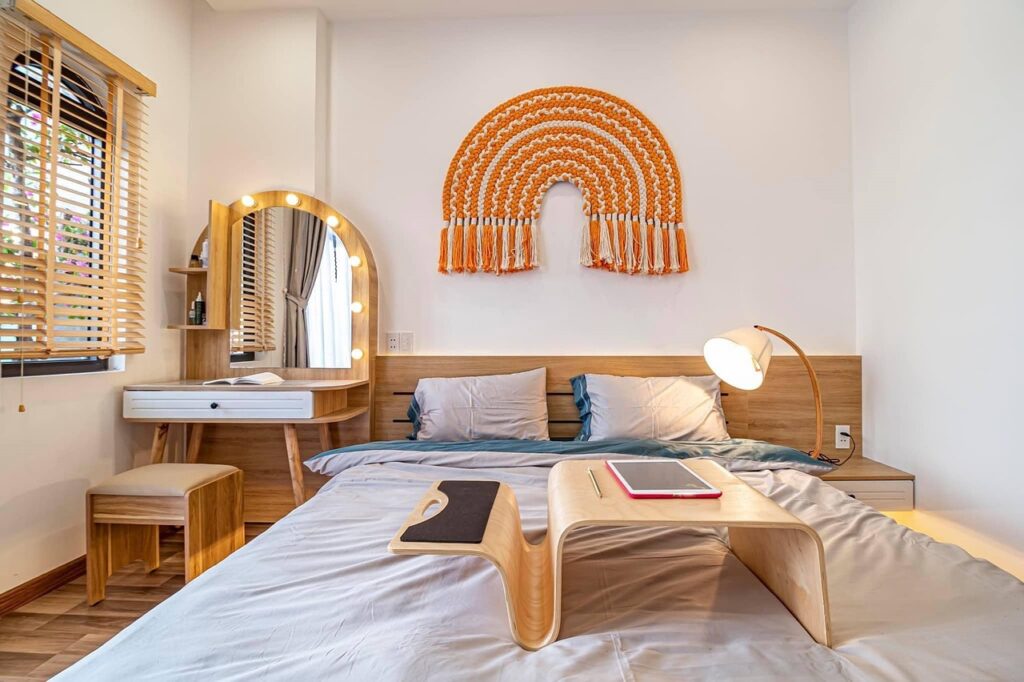We all have shoes and love to wear different types for different occasions, as there are benefits to wearing them.
But have you thought of the benefits of not wearing shoes? Yes, people may sometimes walk barefooted, mostly at home; however, many people walk and exercise barefoot daily.
Also, when a toddler is beginning to walk, parents are advised to let the process unfold naturally, without shoes. The reason is that shoes can influence how a child uses the muscles and bones in their feet.
Walking without shoes gives kids feedback from the ground, which increases their awareness of their body in space. So, are there benefits to not wearing shoes? We’ll find out in this piece.
The Science Behind Not Wearing Shoes

The science behind barefoot walking is that we are bioelectrical organisms, and the human body has a little positive charge.
The body’s cells are designed to transmit electrical impulses. The nervous system requires electricity to send impulses throughout the body and to the brain, which allows us to think, move, and feel.
Resting cells are negatively charged internally, while the surrounding cell environment is positively charged due to some imbalance of positive and negative ions, resulting in a net positive charge overall.
Earth holds a negative charge, and when we develop a physical connection with it through earthing, we discharge surplus energy.
This energy is claimed to have a therapeutic impact on the cellular level. The simplest form of earthing is to walk without wearing shoes on grass, soil, or sand.
What are the Benefits of Not Wearing Shoes?
One major benefit of not wearing shoes and walking barefoot is that it more closely restores our gait, which is our ‘natural’ walking pattern.
Also, many shoes in shoe stores have lots of extra cushioning and support. While this pillow-like cushioning can feel great as you walk or run in these shoes, it can inhibit you from engaging particular muscle groups that can help you gain strength.
So, another benefit of not wearing shoes is that it helps you build up the muscle groups that help strengthen the legs.
Other advantages of not wearing shoes include:
- Improved foot control and balance, leading to greater pain relief.
- Provides relief from foot deformities caused by inadequately fitting shoes, such as bunions and hammertoes.
- Stronger leg muscles to support the lower back.
- Improved foot mechanics can enhance hip, knee, and core performance.
- Ensure proper range of motion in your foot and ankle joints, as well as strength and stability in your muscles and ligaments.
Tips to Correctly Walk and Work Out When Not Wearing Shoes
Learning to walk and exercise when not wearing shoes requires proper knowledge, time, and patience.
So, before you hurry to begin reaping the benefits to not wearing shoes while walking and exercising, here are a few things to note.
Start Slowly: You should be patient and begin with short 15- to 20-minute barefoot walks. As your feet become accustomed to walking without shoes, you can extend the distance and duration.
Relax If You Feel Pain or Discomfort: If you lack proper foot strength, you are more likely to have poor walking mechanics, increasing your risk of injury.
This is especially necessary if you are transitioning to barefoot walking after spending most of your life wearing shoes. So, learn to relax when you feel discomfort.
Begin Indoors First: Before you hit the pavement jogging, it’s a good idea to get your bare feet acquainted with the safe surfaces inside your home. The best option is to pick an indoor floor that has nothing you could accidentally step on.
Practice on Safe Outdoor Surfaces: When you’re confident of your strength indoors, try walking on safer outdoor surfaces like turf, grass, sandy beaches, and rubber tracks on sandy beaches.
Try Minimalist Shoes First: While your feet are yet to adjust to having less structure and padding in your shoes, you might want to try a minimalist shoe before going entirely barefoot.
Begin with Balance Exercises: It is best to begin with simple balance exercises such as standing on one foot or pressing up onto your toes and slowly lowering down.
Go for Barefoot Activities: Take advantage of activities that are already done barefoot, such as yoga, Pilates, and martial arts.
Examine Your Feet for Injuries: Do a daily check on the bottoms of your feet for injuries, as many people have limited sensation in their feet.




